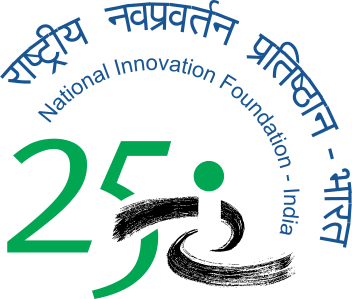Machine for threshing Coconut husk for coir industry
K. R. Chandran (46 years), is an expert technician of Alapuzha district, where he lives with his wife and two children. Although he had studied only up to the 5th standard, he became a highly skilled workshop mechanic through experience and hard work. He is interested in innovating machines related to agriculture. Earlier, he had developed a machine for threshing paddy, putting in one and a half years of hard work and experimentation. This machine has now become very popular in Kuttanad belt. Seeing his ability to innovate, the then Industries Minister Mrs. Susheela Gopalan requested him to develop a machine for coir defibring. Chandran developed this machine too by putting in years of persistent efforts and hard work. He spent around Rs 8 lakh for developing this machine in his workshop Sujit Engineering Works at Mohamma. Coir Board granted a loan of Rs 1,50,000/-. The condition was that he was to repay the loan amount along with 18 per cent interest even if he could not manage to manufacture the machine. This was the only option. He had to fructify his idea. "Taking loan from loan sharks would have meant paying an exorbitant rate of interest interest, to the tune of Rs 6 lakh, " he says. "That would have broken the back of my business. Today I am paying only Rs 1500/- per month towards interest." Coir Board also agreed to help him market the machine. The machine is sold at a price of Rs. 3,25,000/-. There have been a few differences that have cropped up lately between him and the coir board. However, technical director of the coir board was quite unequivocal in acknowledging that this was the first mobile defibering machine. He did have some doubts about output efficiency. But then struggles of this kind are part of every innovators life. Chandran awaits the next challenge to stimulate his genius and develop several more machines. This is a mission in which NIF will be a willing partner.








